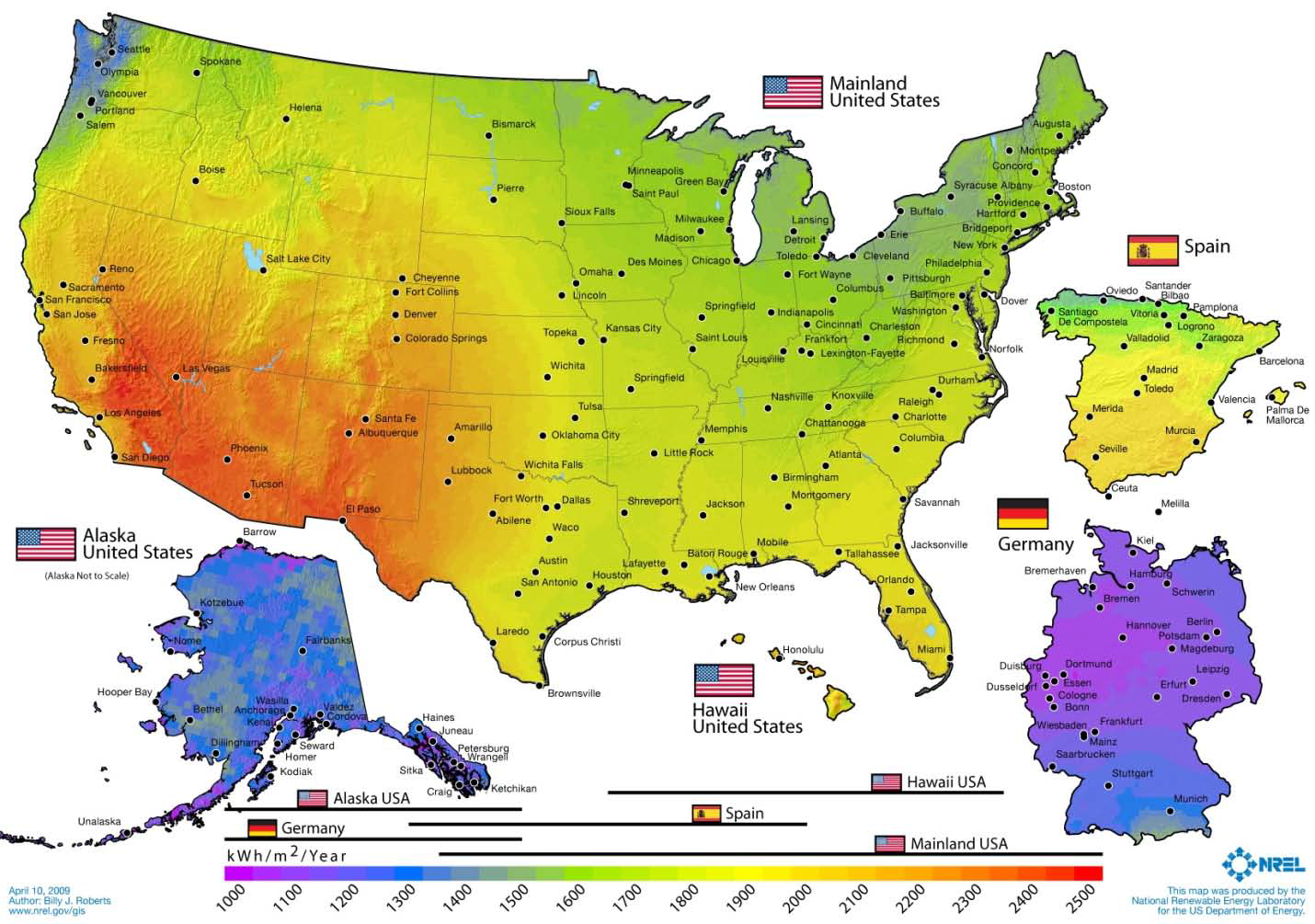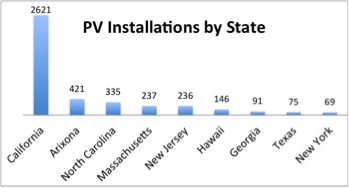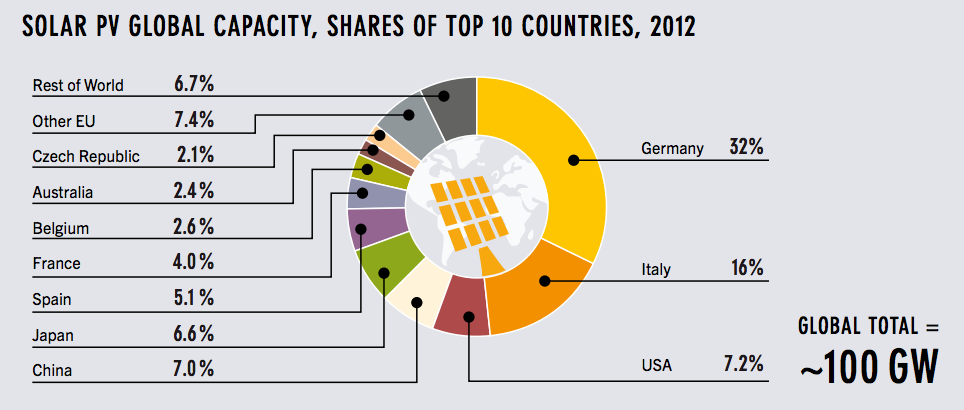Public policy can be defined as a governmental response to a public problem. In the case of solar energy, policy has been (and needs to continue to be) shaped to encourage a transfer of our energy conversion source from fossil fuels to solar radiation. Climate change and pollution caused from the extraction, transportation, and combustion of fossil fuels are a pressing problem facing the United States and the rest of the worldtoday. Therefore, policy leaders must implement legislature to account for these negative externalities. They can achieve this by subsidizing clean energy such as solar and wind energy production. In the United States, policy leaders’ stances on the energy debate vary greatly, due to the different levels of influence from unofficial policy forces. Many politicians receive large campaign contributions from the fossil fuel industry and are thus pressured to support the fossil fuel industry. Many of these politicians claim that subsidizing renewables is inappropriate because regulation ruins the free-market principles that our economy runs on. What these policy leaders are neglecting to realize is that public policy can be an action as well as an inaction by a government.
“Special treatment for fracking makes a mockery of free-market principles. Pro-fracking politicians claim to be against subsidies, yet letting an industry impose costs without paying compensation is in effect a huge subsidy” [1]
The costs in the quote above are environmental pollution and additional stress on infrastructure, both caused from shale gas drilling. The lack of regulation on this industry supports the idea that the federal government subsidizes the industry through a lack of policy, or inaction.
Power of Policy
The impact that policy has on the solar industry is enormous. The following figures illustrate the results of political action by comparing installations per state and country to the solar efficiency at these locations. Example 1 will examine policy implications on the state level while example 2 will evaluate policy action on a global scale.
State Policy: How can NewJersey, Massachusetts, and New York compete in the North East?
Figure 1 demonstrates the variation of solar photovoltaic efficiencies across the United States, Germany, and Spain. The efficiency is measured in kWh/m^2 per year. [3]


Figure 2 provides data on the top 9 states in terms of number of installations. [2]
Figures 1 & 2 conclude that there is no correlation between a state’s efficiency and its level of PV installations. Massachusetts, New Jersey, and New York are located in the North East, yet they make up 1/3 of the nation’s top 9 state installers. How can these states compete while their efficiencies are approximately 2/3 of that of states in the south west? Policy. These states have taken on a relatively aggressive solar policy, making energy produced from solar photovoltaics a cost-competitive option.
Nation-State Policy:

Figure 3 puts Solar PV capacity into a global perspective [4]
Figures 1 & 3 demonstrate that there is no correlation between efficiency and solar PV capacity on the global scale. Figure 1 shows that most of Germany receives less MWh/m^2 than anywhere in the United States. Yet in figure 3 the data shows that in 2012 Germany contained more than half of the global capacity of solar PV.
For more information on policy: [1] [2] [3] [4]
Primary Author: Benjamin DeForest
Primary Editor: Joe Donatoni